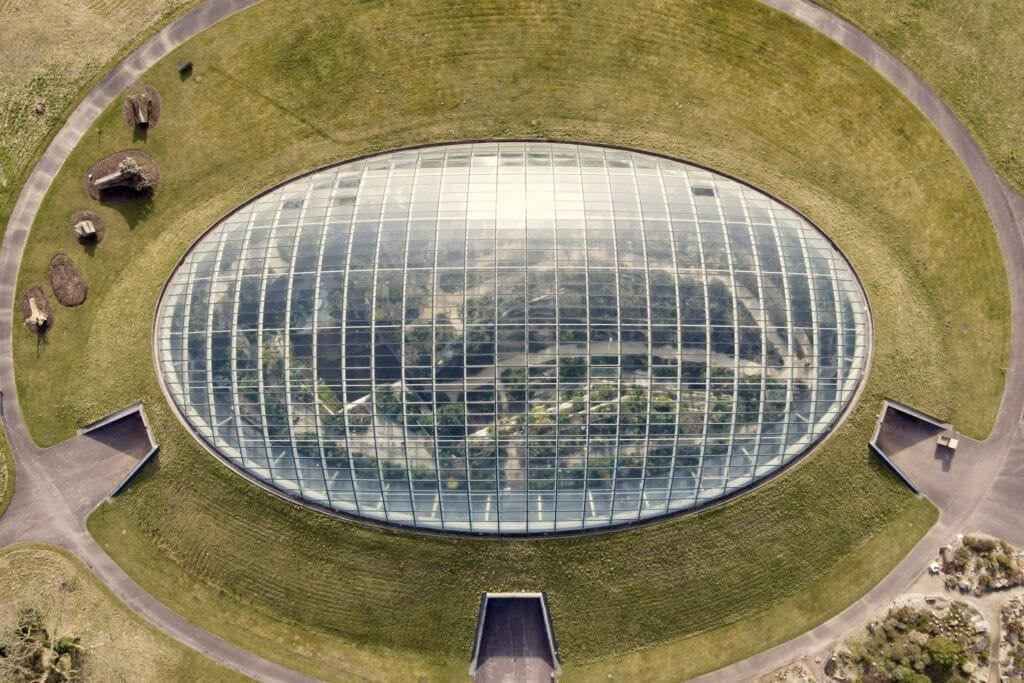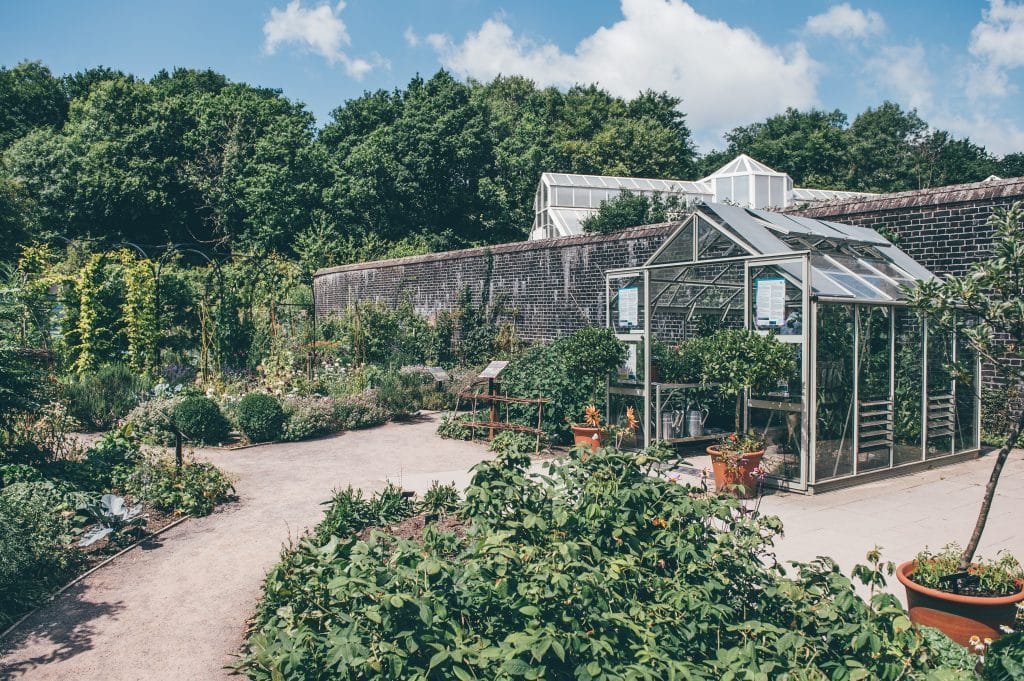
The National Botanical Gardens of Wales
The National Botanical Gardens of Wales
The National Botanical Garden of Wales ‘Wales Botanical Gardens’ have plenty of things to do for the whole family whilst also continuing their mission “to develop a viable world-class national botanic garden dedicated to the research and conservation of biodiversity, lifelong learning and the enjoyment of the visitor.”
Great Glasshouse
Dealing with the elephant in the room firstly…
Measuring up at 95 m (312 ft) long and 55 m (180 ft) wide, with a roof containing 785 panes of glass it was designed by Norman Foster and Partners and is the worlds largest Glasshouse of its kind the Glasshouse is for sure the No. 1 place to go when you’re visiting The National Botanical Garden of Wales.
The Glasshouse is home to a variety of endangered plantlife from California, Australia, the Canary Islands, Chile, South Africa, the Mediterranean Basin. The Glasshouse is vital for the survival of a lot of plant life that originate from these geographical locations which are home to Mediterranean climates. As these climates in question contain over 20% of all plant species that are found on the globe the fact that these climates make up only 2% of the Earth’s Surface is highly worrying.

The British Bird of Prey Centre
The centre has been regular performers at the Wales Botanical Gardens for a number of years however, the teams at both the gardens and the Bird of Prey Centre have been hard at work creating a new special attraction that will generate a certain ‘WOW’ factor that other’s struggle to create. The Bird of Prey Centre already offers daily displays of its birds of prey; daily flying displays take place at 11.30 am, 1.30 pm and 3:00 pm. This new goal, however, is to have The National Botanical Gardens of Wales become a centre for the breeding and conservation of British raptors, seen below.

The Future Garden
If you want new ideas for designing your own garden to produce fruits, vegetables, herbs, and flowers, our Growing the Future Garden is for you.
The exhibit is split into beds that demonstrate various growing methods, such as potager, raised beds, conventional, shade-loving, and wildlife-friendly.
Every year, one of the beds is specifically set up in accordance with a theme with a specific emphasis.
This inspirational and educational exhibit may be seen in the slip garden between the Japanese Garden and the Inner Double Walled Garden.




